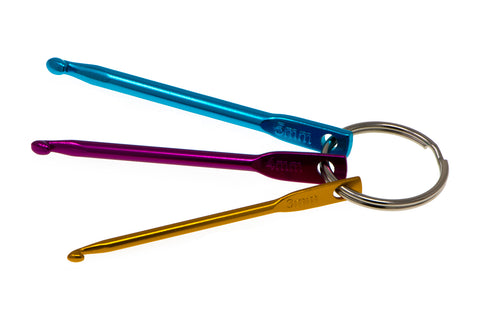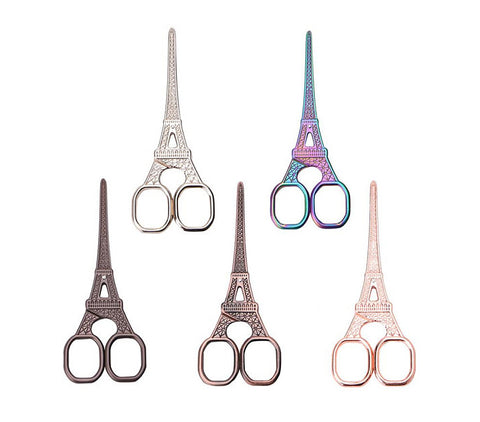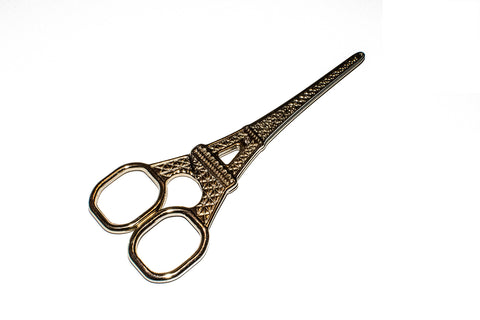Common Embroidery Mistakes and How to Avoid Them

Common Embroidery Mistakes and How to Avoid Them
Have you ever started a project, then halfway through, think to yourself "where did it all go wrong?!". We've all been there. To err is human. Everybody makes mistakes, no matter if they're a beginner or a seasoned veteran. Some mistakes are more common than others, so we've created a list of them in the hopes of saving you time and frustration.
1. ALWAYS Read the Instructions
This one may seem a bit obvious, but always read the instructions before you dive in. Doing so will give you a rough idea of what is to come in the next step, so you can prepare for it. The last thing you want is to break out the seam ripper because you misinterpreted the previous step. The phrase "one step ahead" exists for a reason!
2. Use the Right Needles
Whoever said that size doesn't matter has never used the wrong sized needle for their embroidery project. If the needle is too large, it can create holes in your fabric, where the needle and thread enters/exits. A large needle can also cause puckered fabric. If the needle is too small, on the other hand, it can cause unnecessary wear on the thread, and can be quite difficult to thread (depending on what thread you're using).
Another aspect to be aware of is the type of point - sharp or ball nose? Use a sharp needle if you need to pierce the fabric and use ball nose when you want to slip in between the gaps (the threads) in the fabric without piercing it.
Looking for high quality, reliable sharp needles? Check out the Victoria Sharps Needles which come in sizes 3-7.
3. Do Not Use Knots
A common mistake by beginners is to begin and end with knots. Try to avoid this, especially when securing a thread to a needle. It may not be the end of the world, but it can affect your work in a negative way. Knots can cause holes to become enlarged if they slip through, and they can create unwanted bulk at the back, preventing you from laying your work flat. Besides, knots aren't perfect, and they can undo themselves. The best alternative to tying a knot is to bury loose ends under other stitches.
4. Perfect your lighting
Never underestimate the effects of good lighting on the quality of your work. Making sure you have adequate lighting ensures you pick up on all details and colours and reduces fatigue on your eyes. If you have eyesight problems, consider using a magnifying glass as it could really help. Check out our range of vintage magnifying glasses.
5. Take Your Time Fixing Mistakes
Ok, so you've made a mistake. No problem, it happens. Before you dive in to rectify the issue, analyse the error. In fact, don't even think of it as an error. It's an opportunity. Maybe it's an opportunity for innovation, or maybe its an opportunity for learning. Either way, its an opportunity.
If you do find yourself needing to remove stitching, make sure you do it properly. Check out our guide on getting the most out of your seam ripper











































